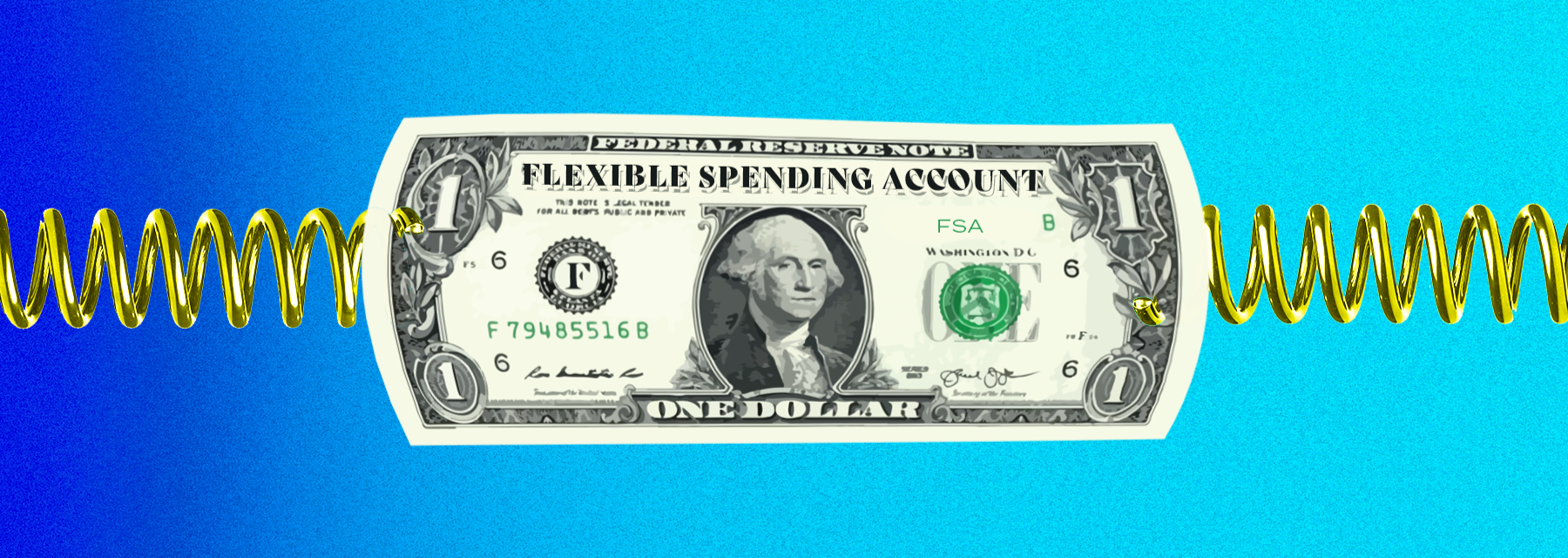In late 2019, California passed a law that requires employers to provide California employees who participate in their employer-sponsored flexible spending account (FSA) with two different forms of notice outlining any deadline to withdraw FSA funds. Employers should already be fulfilling one of two notice requirements when providing participants with the FSA Summary Plan Description (“SPD”) at the beginning of the plan year (which should include the deadlines to withdraw funds). The California law requires employers send a separate second notice to California participants.
As written, the law is unclear as to when and under what circumstances employers are required to send these notices. Since the law was passed, there has been no official guidance or regulations to interpret the ambiguously written law.
As such, if employers have not already notified their California FSA plan participants of their deadline to withdraw funds by two means of communication, employers may want to provide a second notice before the end of the plan year. Employers may want to work with their FSA vendor to determine the best avenue for complying with the California notice requirement.
Notice Requirement
Beginning January 1, 2020, employers are required to notify California employees who participate in FSAs of any deadline to withdraw funds “before the end of the plan year.” The notice must be provided in two different forms, only one of which may be electronic.
The law is unclear under what circumstances employers must provide second notice to California plan participants. This requirement can be interpreted two ways:
- The plain reading of the law suggests employers must provide a second notice if there is any deadline to withdrawal funds mid-year (i.e. “before the end of the plan year”). A deadline to withdraw funds mid-year could occur if an employee is terminated or loses eligibility mid-year. For example, a health FSA may require employees to submit claims and use any remaining funds within 3 months after a termination of employment.
- The author of the California law, Assemblywoman Lorena Gonzalez, has suggested that the spirit of the law intended to require employers to send a second notice of any deadline to withdrawal funds, whether or not the deadline occurs “before the end of the plan year.” Since FSAs are subject to the “use-it-or-lose-it-rule,” whereby employees forfeit any unused funds at the end of the plan year or grace period (if applicable), all employers with California FSA plan participants would be required to provide two notices to all FSA plan participants under this interpretation of the law.
Given the ambiguity in the law, it may be best practice for employers to send two notices of FSA withdrawal deadlines to all California FSA enrollees.
Who: Employers must notify California employees who participate in FSAs, including dependent care FSAs, health FSAs, and adoption assistance FSAs.
When: The law does not specify “when” employers must send the notice. However, employers should work to send the notice within a reasonable amount of time before the deadline to withdraw funds. Employers should already be sending the first notice at the beginning of the plan year when distributing the FSA SPD. The most administratively simple method may be to provide the second notice at the beginning of the plan year, or when employees become eligible for the FSA (such as during new hire onboarding). If employers did not provide the second notice at the beginning of the year, employers should send it before the end of the plan year.
How: Employers must provide notice to employees in two different forms, only one of which may be electronic. Notices may be provided (but are not limited to) via email, telephone, text, mail, or in-person notification.
Employers may want to check with their FSA vendor to see how they currently notify their FSA participants of withdrawal deadlines to determine what other forms of notice can be performed. FSA vendors may also help with the second notice requirement. Some options employers may want to consider could include providing in person written notice in open enrollment materials or in a terminating employee’s off-boarding paperwork.
Penalties: The bill does not include any specific penalties for employers who fail to provide the notice. However, if a California employee fails to receive this notice and is forced to forfeit unused funds due to a mid-year deadline, the employer may face potential labor code violations.
Additional Resources
Disclaimer: This content is intended for informational purposes only and should not be construed as legal, medical or tax advice. It provides general information and is not intended to encompass all compliance and legal obligations that may be applicable. This information and any questions as to your specific circumstances should be reviewed with your respective legal counsel and/or tax advisor as we do not provide legal or tax advice. Please note that this information may be subject to change based on legislative changes. © 2020 Sequoia Benefits & Insurance Services, LLC. All Rights Reserved




